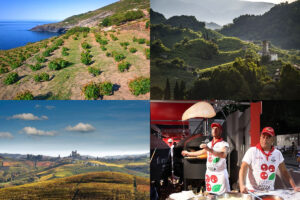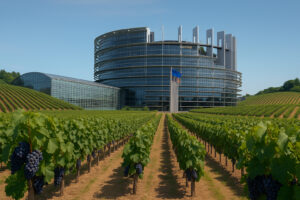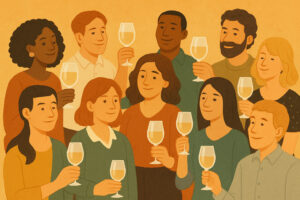The world is changing faster and faster and so are wine consumption trends. In the last 15 years (1995 to 2010) the "map" of wine consumption has been completely revolutionized: Europe drank 72.1% of the wine produced around the world, while today the Old World share has fallen to 64.9%. Asia instead had consumed only 4.2% of the total, and today “weighs in” at 7.9%, doubling its share. The American Continent (from 19.4% to 21.6%) and Oceania (from 1.6% to 2.7%) are both growing, while Africa remains more or less stable (from 2.6% to 2.9%).
In Europe, the sharp drop in consumption in historic producing countries (Italy, France and Spain) is in striking contrast to the United Kingdom’s feat, which almost doubled consumption between 1991 and 2010 and Germany, which is continuing to grow steadily. The future, however, is with the two largest economies in the world, the United States and China: two completely different countries where consumption continues to rise, and growth potential for Italian wines is still great. The United States has become one of the top wine producers in the world, where wine sales are growing in volume at an average annual rate of 2%, thanks to the sales of sparkling wines (+3.4%, excluding Champagne) and still red wines (+2.9%).
A growth rate that, according to the economic research firm Nomisma, will last until at least 2016, with more sustained increases for still wines, thanks to the new consumer market, mostly young people, who are tending to shift consumption from beer to wine. China, unlike the U.S., between 2006 and 2011 saw a boom in consumption, which rose on average 12% annually, driven by Champagne (+15%) and still red wines (+26%): a trend that will continue until 2016. Provided the right choices are made: being able to relate to a different culture and dealing seriously with the counterfeiting and adulteration phenomenon.
Copyright © 2000/2025
Contatti: info@winenews.it
Seguici anche su Twitter: @WineNewsIt
Seguici anche su Facebook: @winenewsit
Questo articolo è tratto dall'archivio di WineNews - Tutti i diritti riservati - Copyright © 2000/2025








































































































































































































